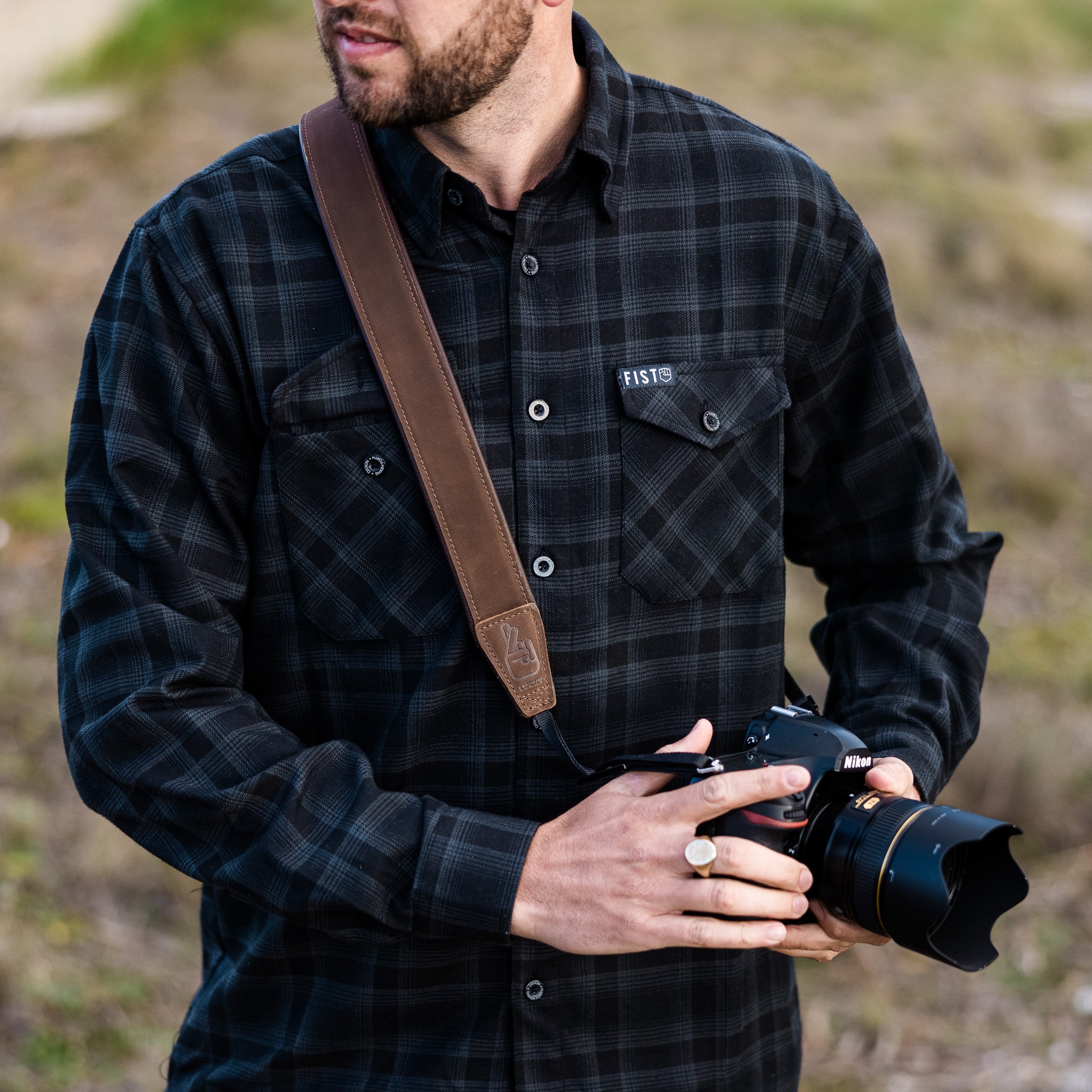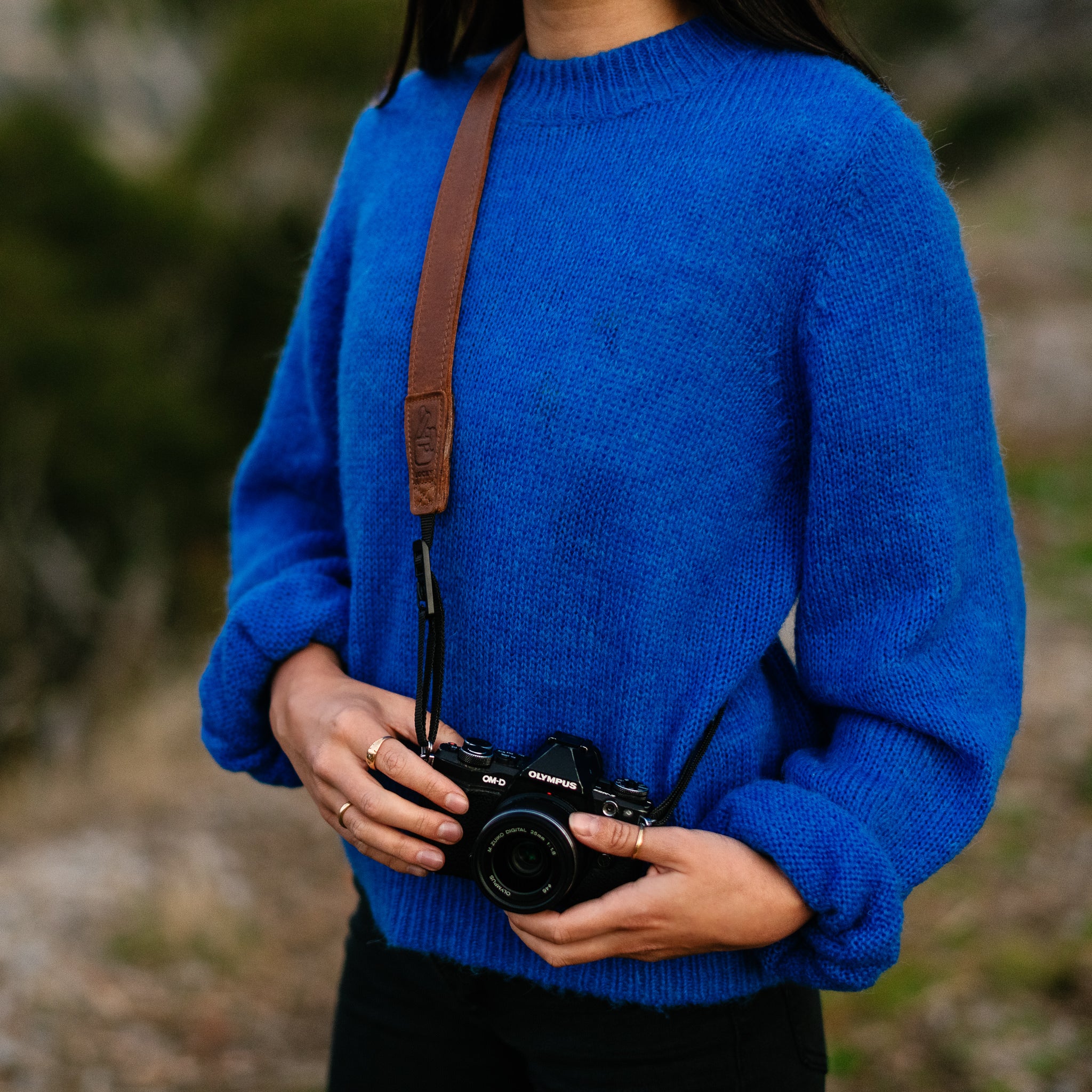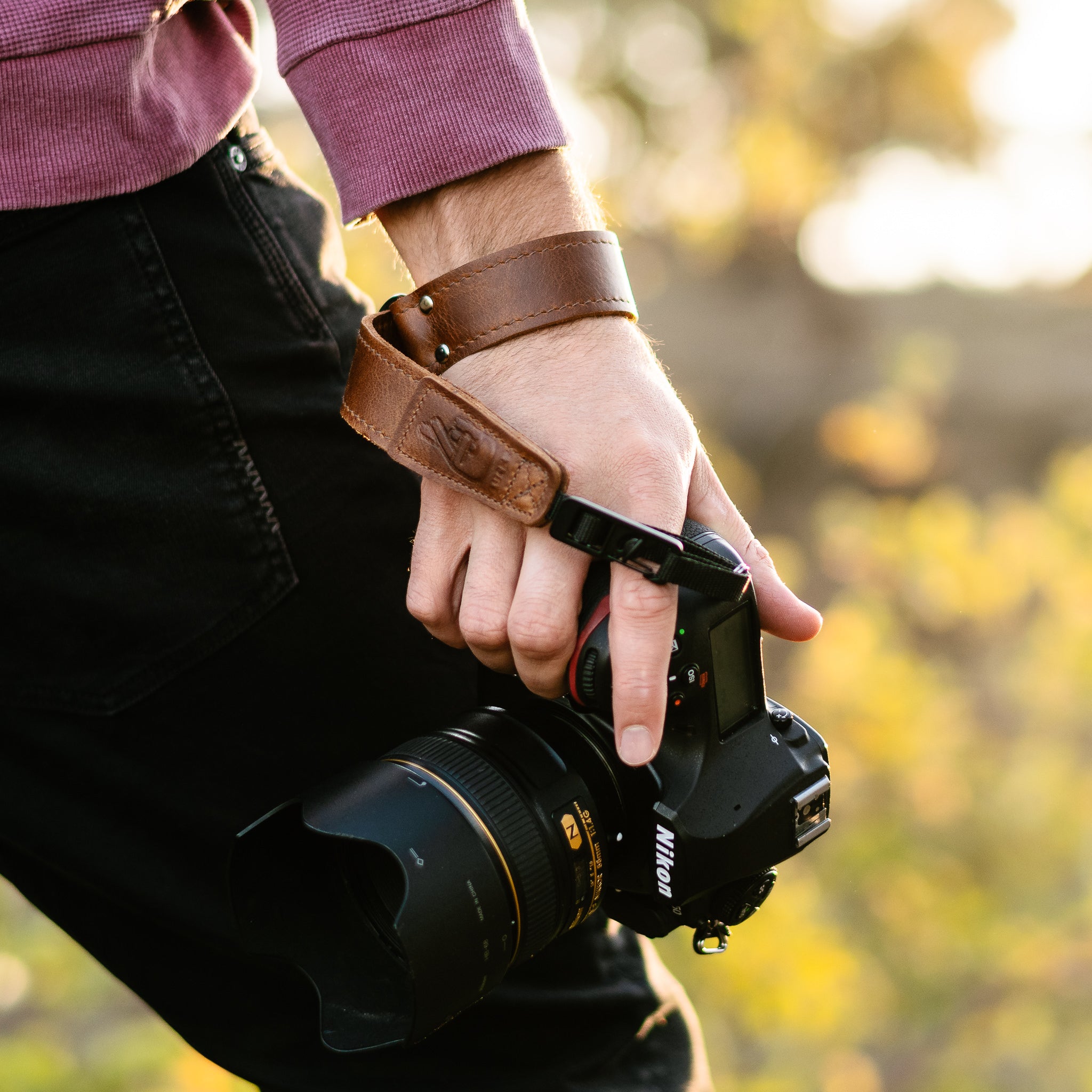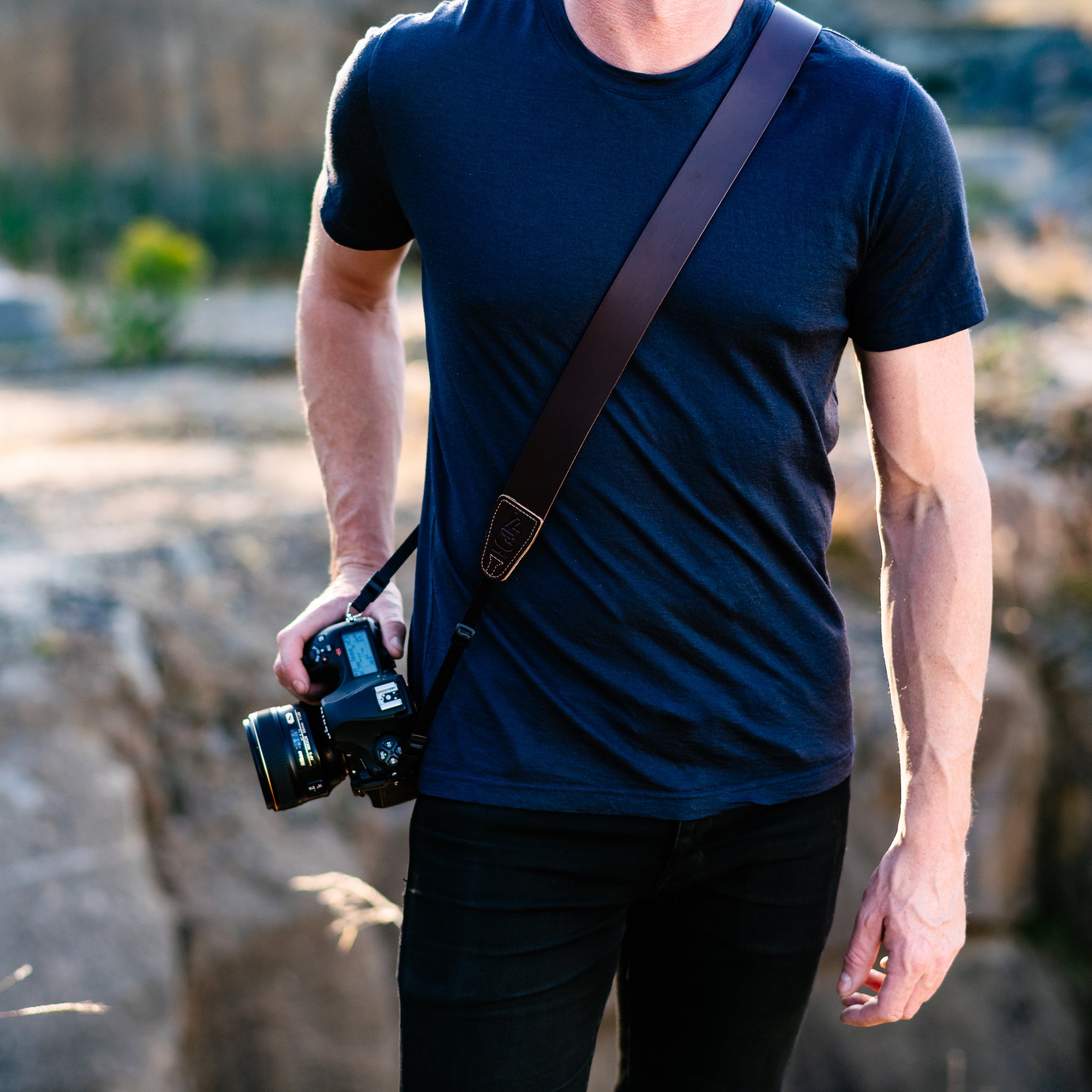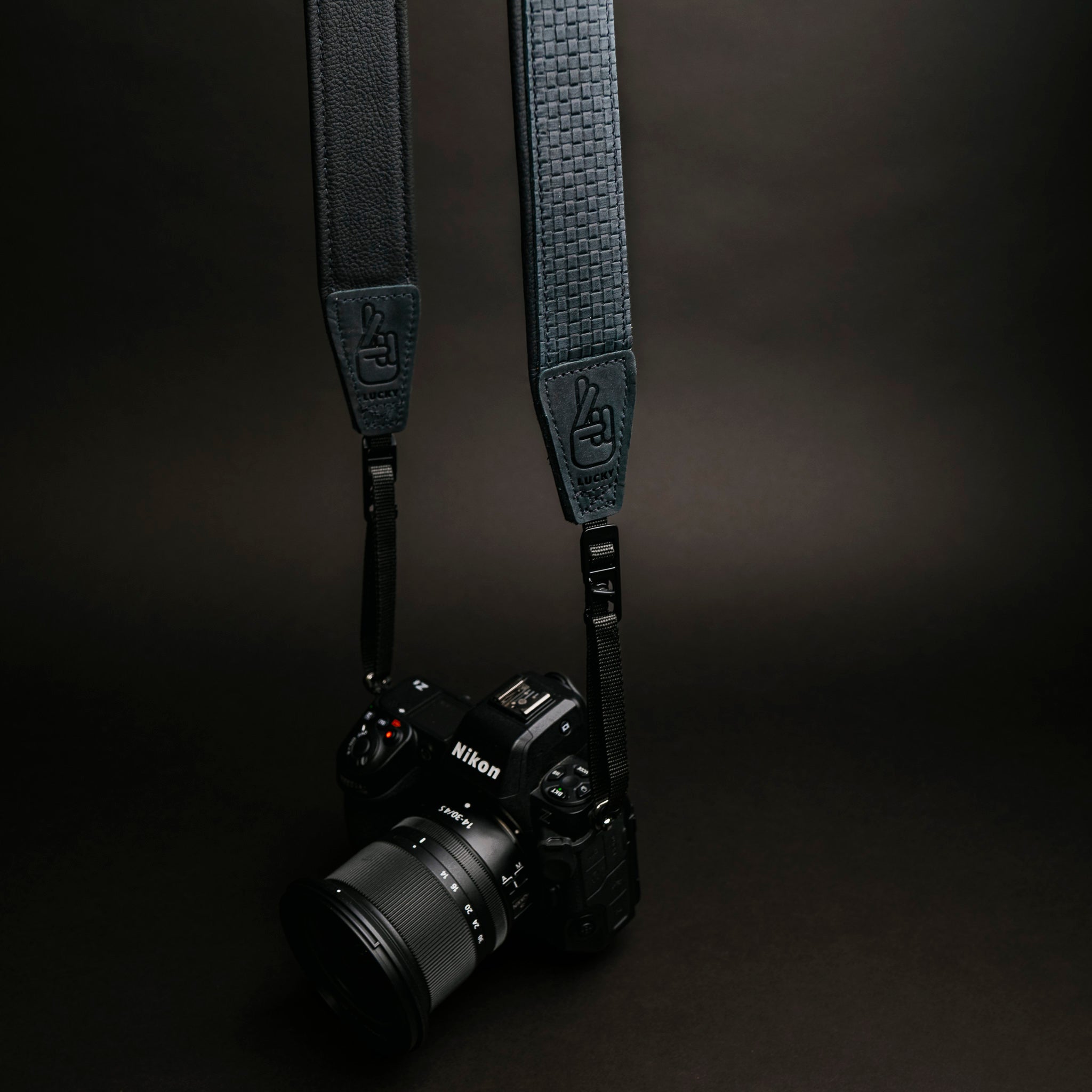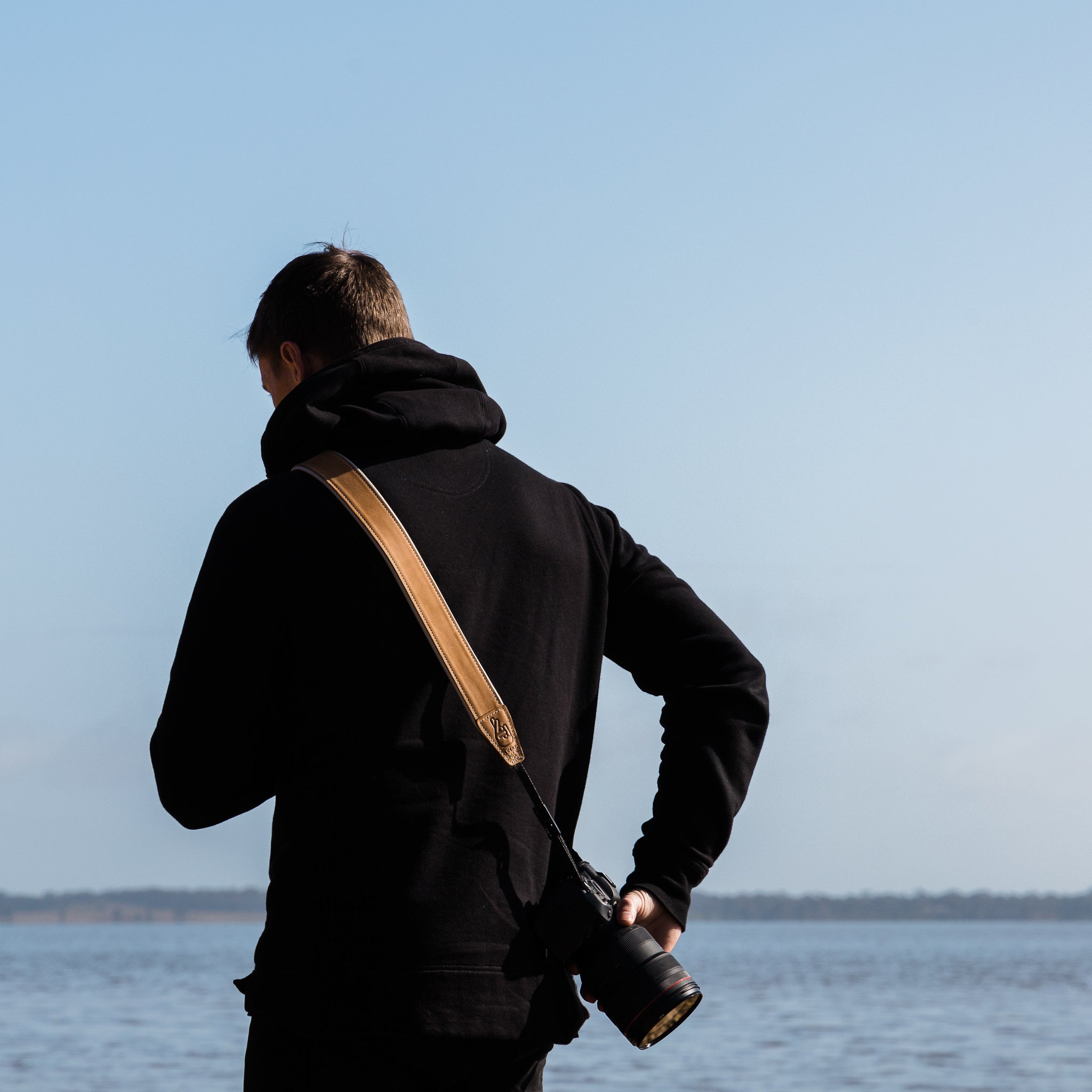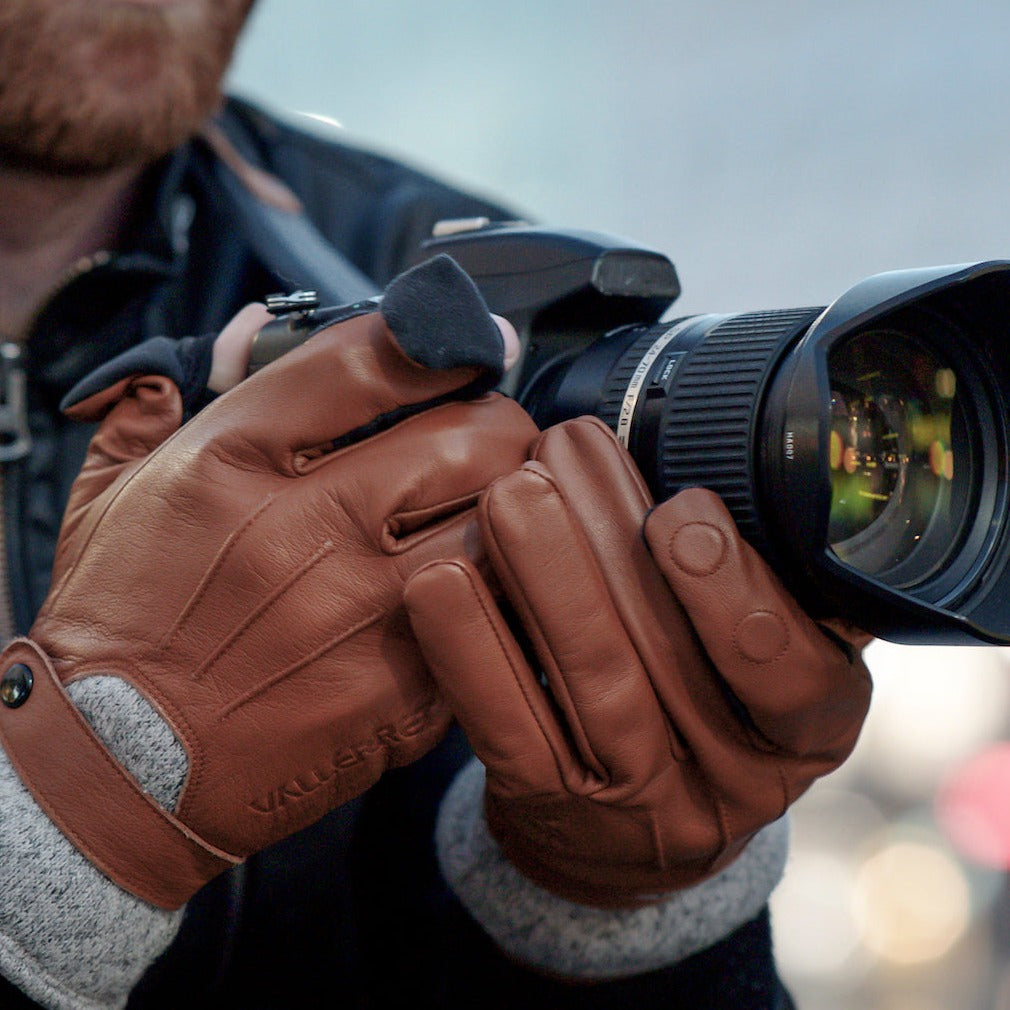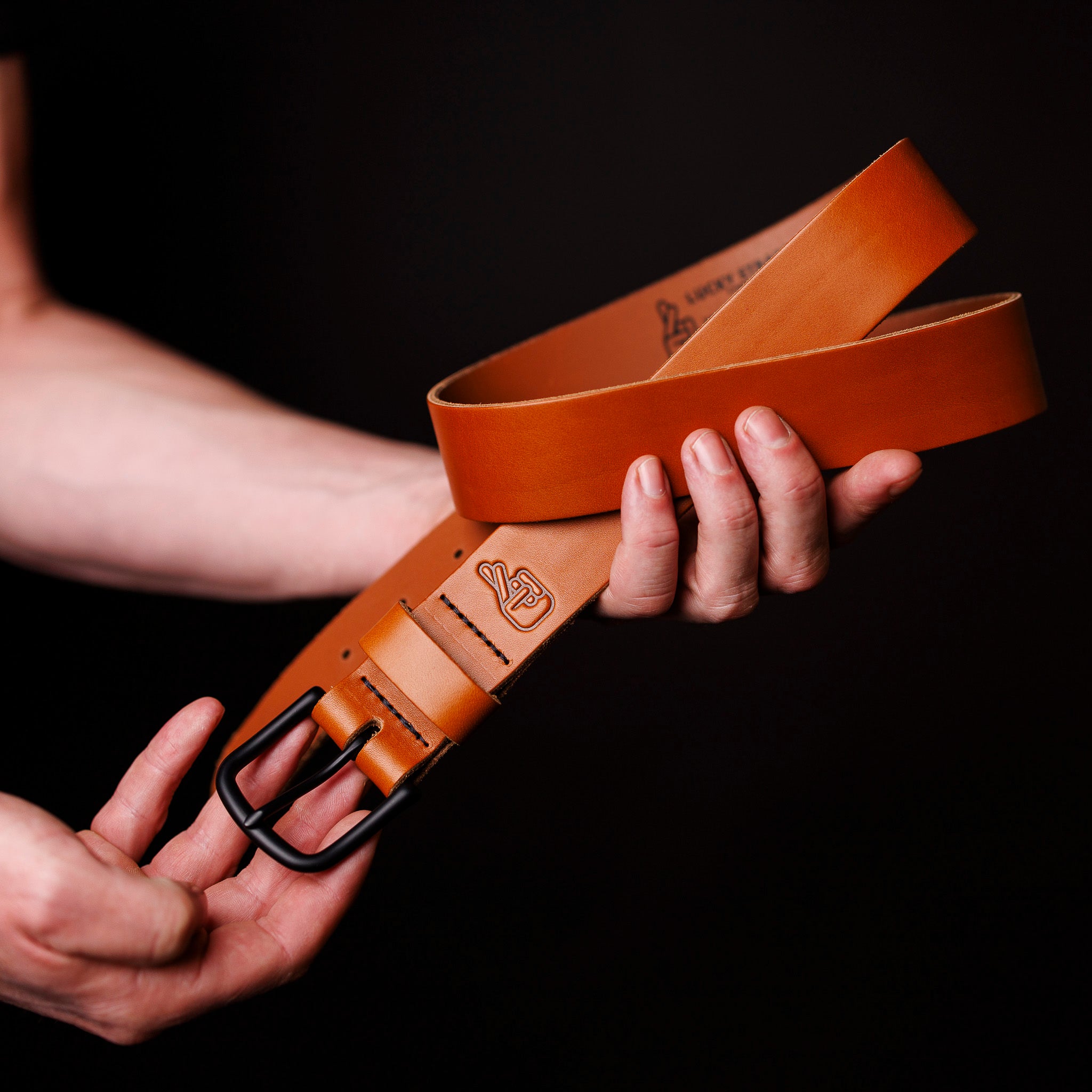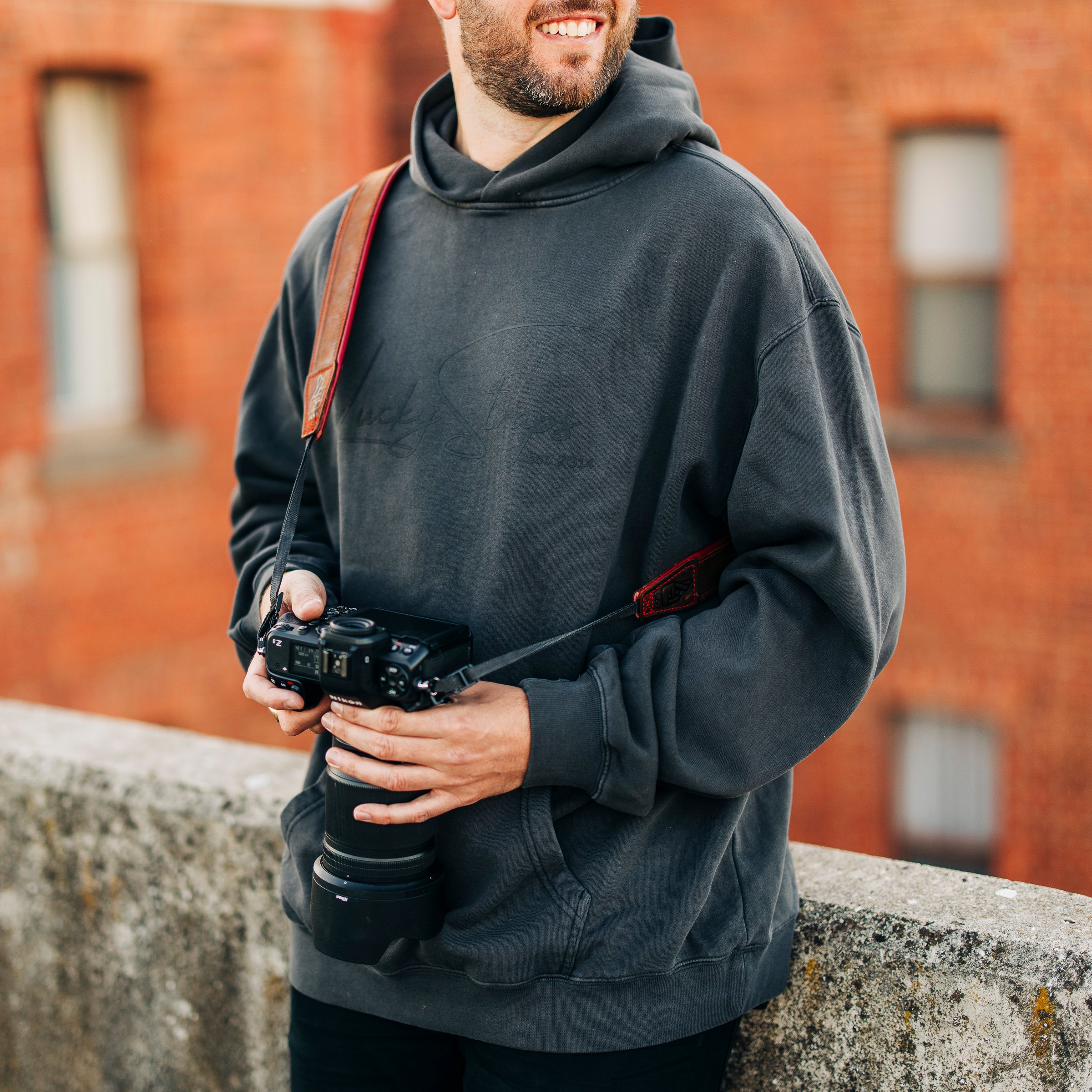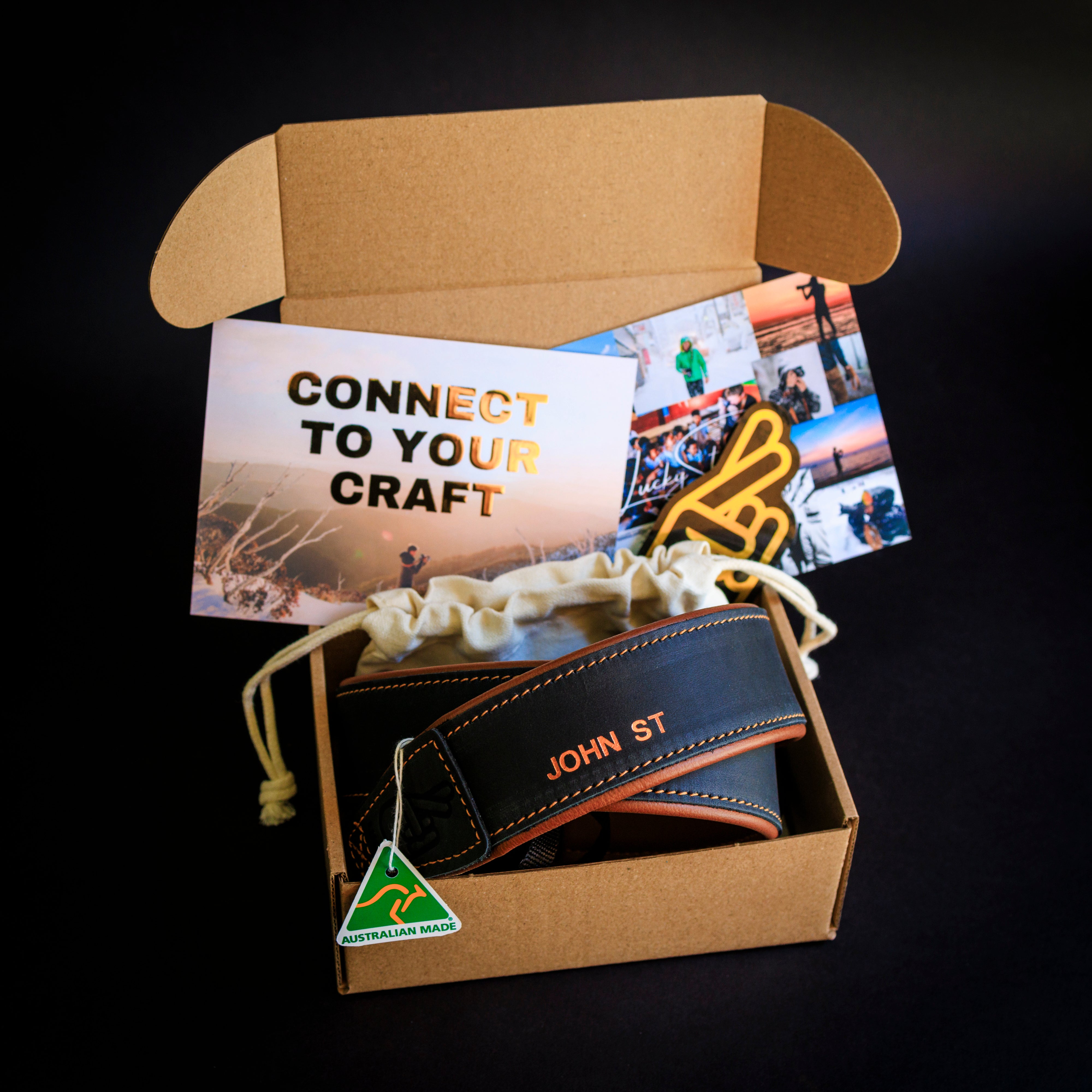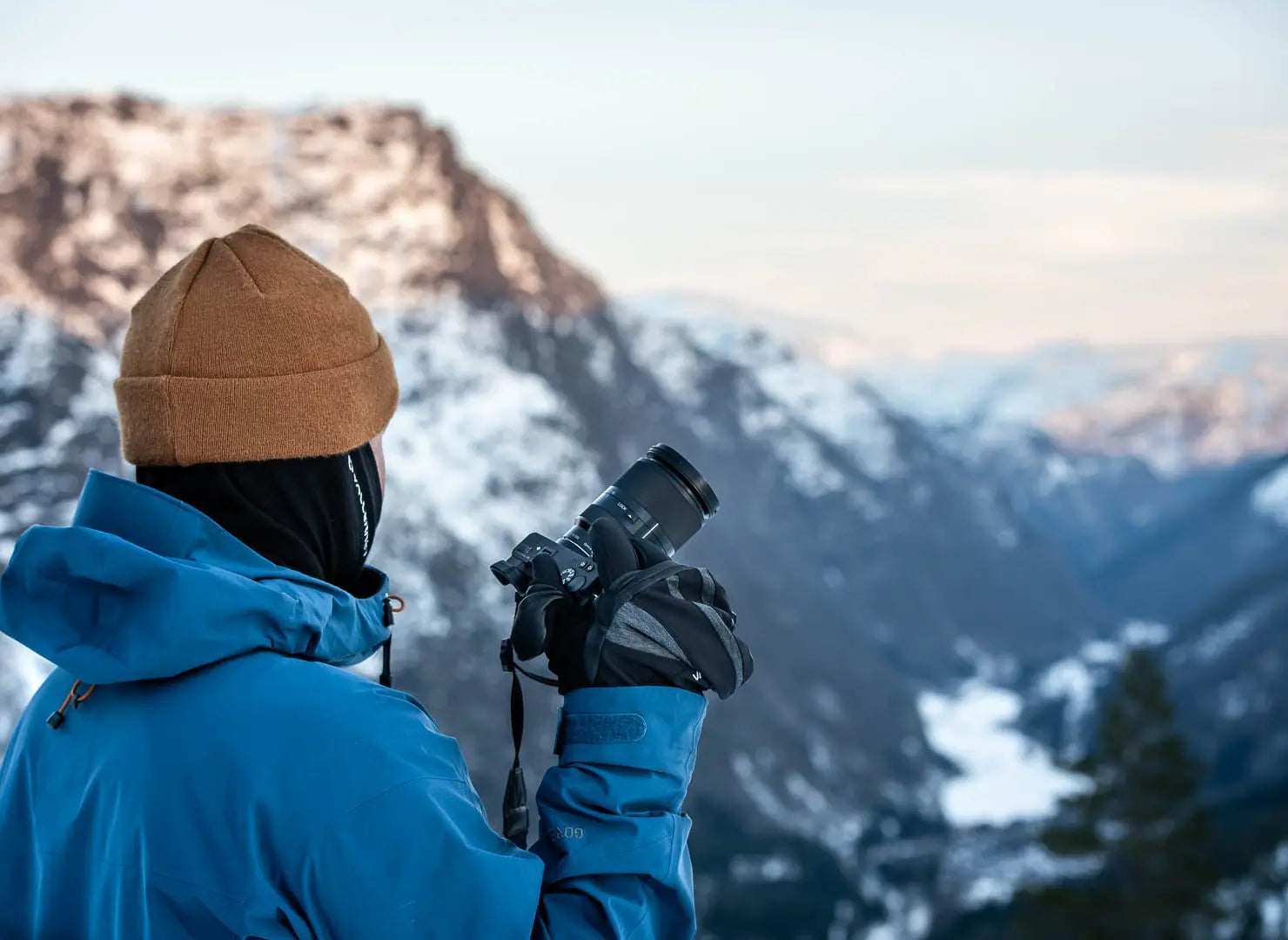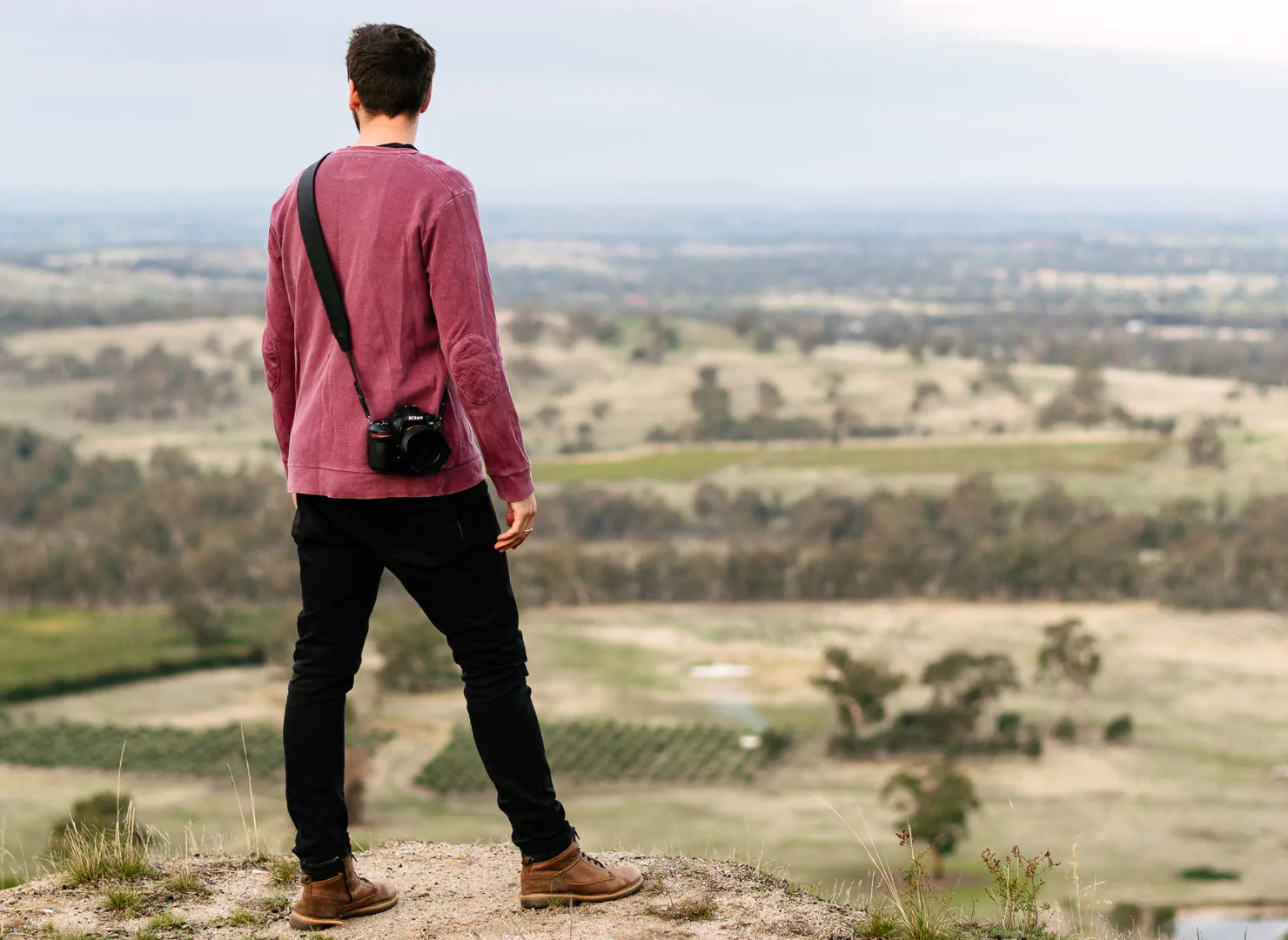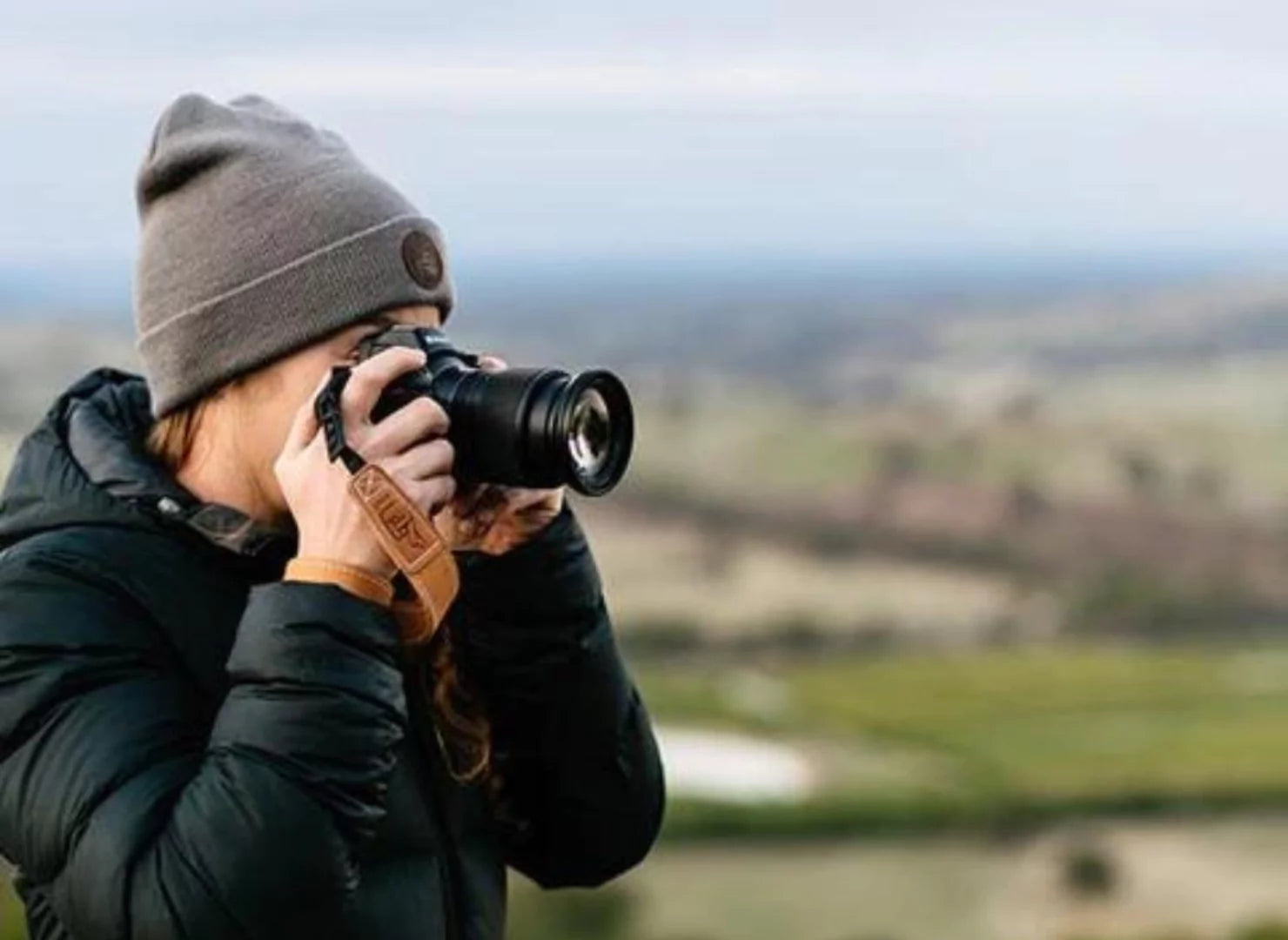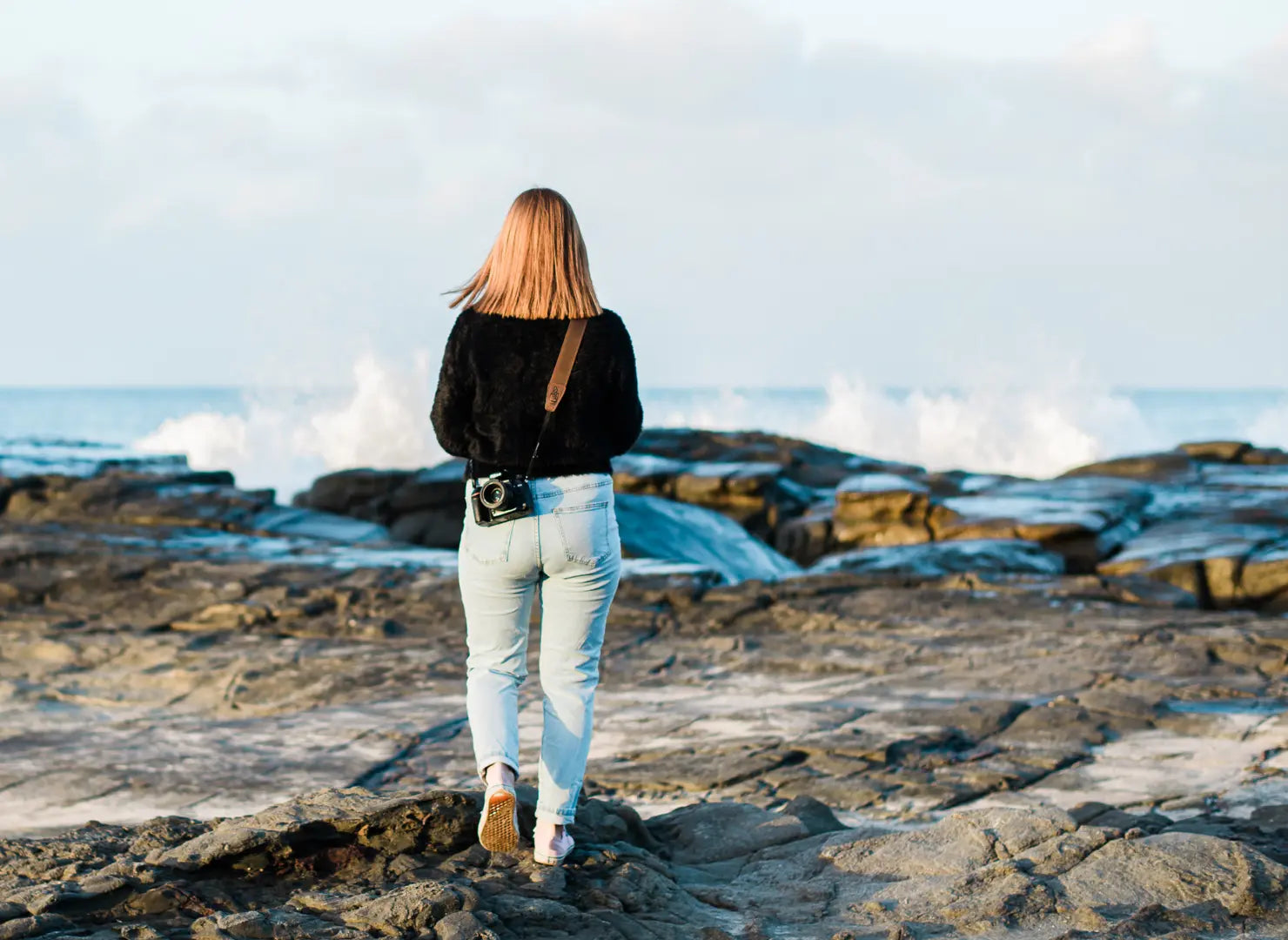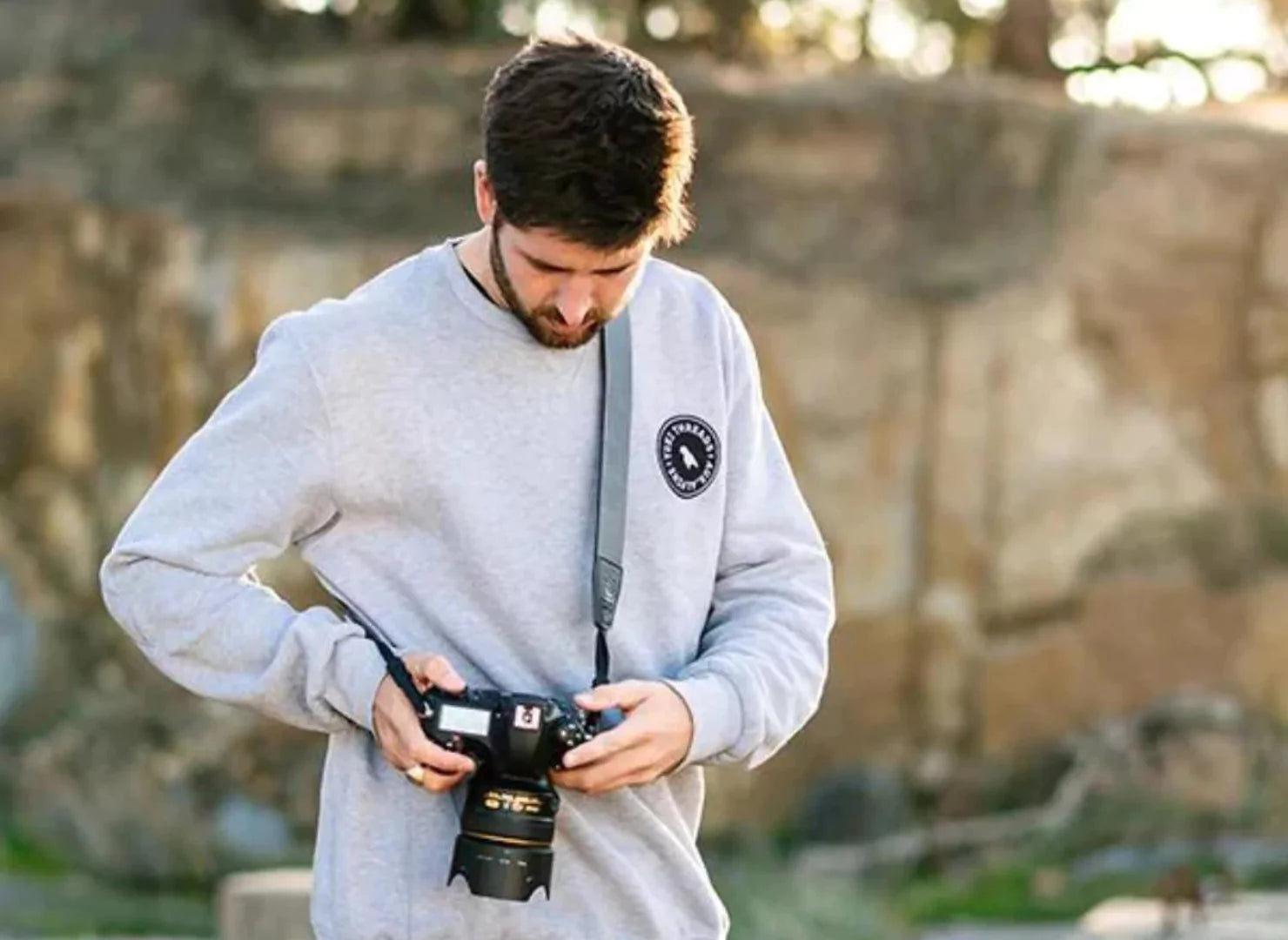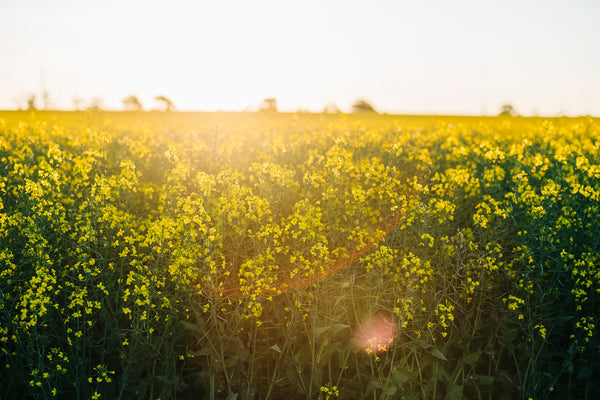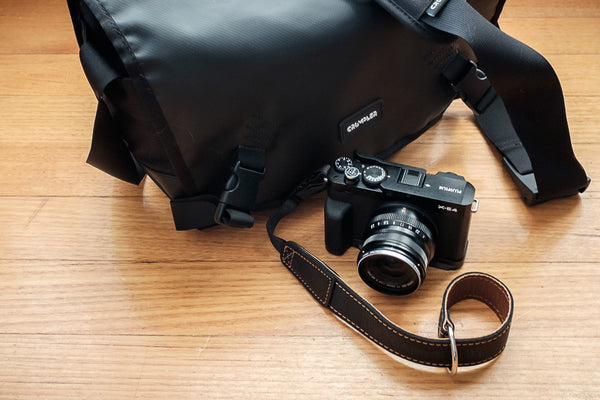In our latest Lucky Straps blog, we’ll discover the seven steps to better camera gear care. It always amazes me to see photographers who’ve clearly spent thousands of dollars, not looking after their gear. I’ve also peeked inside more than a few camera bags to marvel at expensive lenses without lens caps and smeared in grime. Come on! Your cameras and lenses deserve better than that! With just a few simple products and a few steps, you’ll be a pro at keeping your camera gear in tip-top condition. I also believe that caring correctly for your camera gear extends its working life enormously. And let’s face it, the longer your gear works, the longer you have to make the most of every possible photographic experience. Caring for your gear also ensures it won’t fail at the worst possible time. Let’s take a look at Greg’s seven steps to better camera care.
Step 1 - Wipe Gently

The most important item to carry in your camera bag, besides your camera, is a cleaning cloth. A microfiber lens cloth is still the best way to remove dust, moisture, and grime from your front lens element. They’re also handy for removing dust from your cameras and cleaning the LCD. For stubborn grime and fingerprints, I recommend alcohol-free wipes that come in little individual packets. I avoid alcohol-based products as they can erode lens coatings, especially from older lenses. Many camera stores sell compact cleaning kits or offer free promotional clothes. The most crucial bit is always wiping gently when cleaning a lens. You could drag large dust particles across the lens and scratch if you're too rough. You can also buy cleaning cloths and wipes from your local supermarket.
Step 2 - CPL That Lens

Even if you don’t intend to use polarising or ND glass filters for your photography, it’s still worth buying a CPL filter. A Clear Protection Filter is a simple screw-on glass filter that protects the fixed glass element at the front of your lens. The extra layer protects the lens from bumps and scratches. I find it especially necessary if you constantly lose lens caps. It doesn’t affect image quality or the amount of light the lens captures. Replacing a damaged CPL is easier and cheaper than repairing your lens. You don’t have to go for a top-shelf CPL; as long as it fits perfectly with your lens, it’ll work. While you’re at it, cover your rear LCD screen with a clear screen protector.
Step 3 - Protect Your Bottom

If you tend to put your camera down on hard or rough surfaces, it’s time to protect your bottom. Well, not YOUR bottom. A camera L bracket is a metal alloy plate that mounts to the bottom of most cameras. You can get them to match most cameras. It’s called an L bracket due to the shape formed by the base plate and upright section that acts as an additional grip. The bracket adds a solid layer of protection to the bottom of the camera without compromising overall weight. It’s still possible to access the battery and attach your camera to a tripod, even with an L bracket. An alternative is a stylish half-leather or vinyl camera case. Hipsters love them!
Step 4 - Strap It Down

We wouldn’t be Lucky Camera Straps if we didn’t recommend adding a comfortable, sturdy, and secure camera strap to your camera. A premium camera strap ensures that your expensive camera is safely attached to your wrist, neck, or shoulder. Lucky Camera Straps are designed and made in Bendigo, Australia. The premium leather straps feature slash-proof webbing and a quick-release locking system. I always carry my Fujifilm X-E4 with the Lucky Straps Deluxe Leather Wrist Strap in black and tan. It looks so smart!
Step 5 - Don’t Panic Over Wet Gear

Have you ever gotten your camera too wet? It happens to all of us at some point - especially when shooting landscapes. The key is not to panic when it happens. If you get caught in a downpour, immediately get to a dry location. Use your microfiber cloth to sponge off any moisture. Carefully remove the lens from the camera body and wipe up any trapped moisture before it gets inside the camera. When you get home, remove the battery and SD card only. Keep the camera body cap on tight. Place the camera in a plastic container with silica packets - the moisture-absorbing sachets that come with most products. Pop a lid on the container and leave it for 24 hours. Use clean, dry, uncooked rice if you don’t have silica packets. The silica or rice absorbs moisture quickly and efficiently. Trust me, it works - especially if you’ve been in a humid climate. However, if that is not possible, contact the local camera brand support centre for advice and service.
Step 6 - First Party Is The Best Party

I may be a brand snob, but I always use Fujifilm batteries in my Fujifilm cameras. Granted, other brands make batteries for most camera brands and models, but I stick with the real deal. That way, I’m assured that my camera won’t malfunction due to poor battery performance. I also ensure I use high-quality SD cards for optimal speed and performance. I believe that if you go cheap, you’ll get cheap outcomes.
Step 7 - Know Your Limits

While taking your camera to the snow or the beach is fun, it comes with risks. Fortunately, most modern cameras and lenses feature weather sealing to protect against dust and moisture. Every camera is designed to work within specific operating temperatures. Check the owner's manual or product website for the minimal and maximum operating temperatures. Some cameras continue to function as low as -10° and as high as 40° Celsius. And yes, some cameras can withstand heavy rain.
Keep It Simple

Camera gear care doesn’t have to involve an expensive trip to the camera store. The most basic tools for keeping your gear clean can be purchased at a supermarket. However, given how much your gear costs, picking up some essential care items is well worth a few extra dollars. A basic cleaning kit and a high-quality camera strap is an excellent place to start with camera care. If cared for properly, camera gear should last a lifetime. That’s a lifetime of opportunity for you to get out and do what you love.


